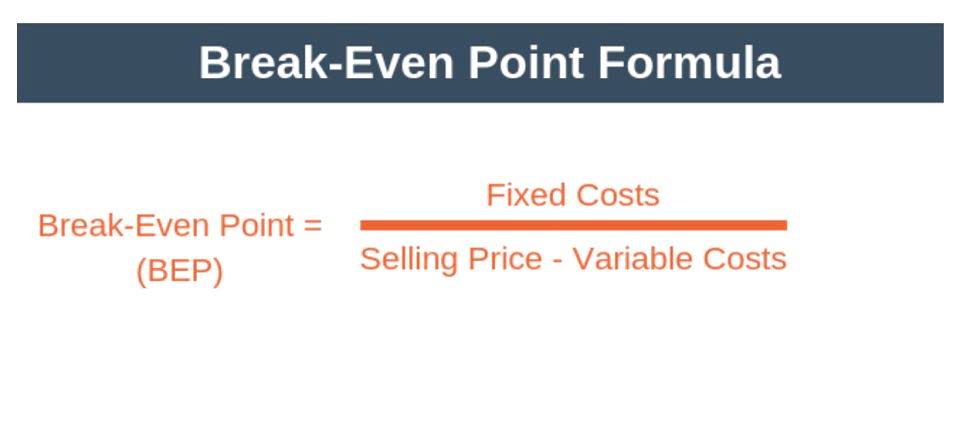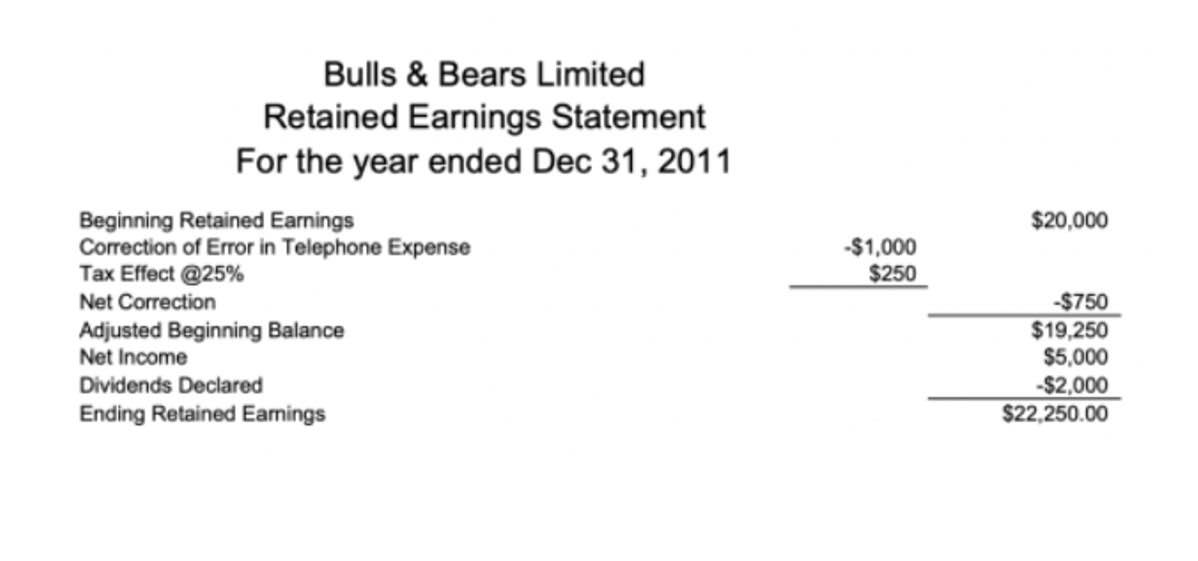
A bank sends a credit memo after it increases an individual’s checking account in regard to a specific transaction. A few days later, B received the goods but founds out that some of them are defective. Debit note is a written document stating purchase return, where the buyer intimates the seller that they’re returning some goods that they have bought and mentioned the reasons behind it. The format of a credit memo is similar to that of a standard invoice and should include all of the details required by both the seller and the buyer. The terms credit memo, credit memorandum and credit note have the exact same meaning and are used interchangeably. Credit memo is a short form of the more formal term “credit memorandum”, which is also known as a “credit note”.
Free Credit Memo Templates
Creating a https://www.bookstime.com/ manually was tedious work that consume a lot of time and effort. But all thanks to InvoiceOwl which allows creating credit memos in just a few seconds, so businesses can save time and focus on other areas of the business. Without giving it a second thought, start your FREE trial with us and explore all the features and functionalities of the software. For example, with a refund memo, you can return any piece of item and get your cash payment back. But whereas in a credit memo, you do not get the amount back and need to purchase something else in exchange for the credit amount.

Information Found on a Credit Memorandum
Typically, the credit memo will provide the buyer or client information as to the reason why the credit memo has been issued and to which invoice it relates to. You can use automated sales invoice software like PandaDoc for invoice templates, billing and management, and all other accounting software needs. In short, a credit memo is used whenever the buyer has a qualifying reason not to pay the full amount of an issued invoice. Debit memos ensure that your financial records are accurate and that clients are billed correctly for the services or goods they receive.
Difference Between Credit Memo and Refund Memo
A statement credit usually happens when the amount returned is too small to be paid in any other way. Again, this ensures that both parties keep accurate records of transactions between them. Any transaction that happens in the business should have accounting as well as financial records. A credit memo is one of the transactions that take place post-sales when the customer sends back the goods, mentioning a reason for return.
As a result, the customer has the option of using the credit toward future invoices rather than refunding the entire amount. A credit memo, short for credit memorandum, is when a seller of goods or services issues a document to a buyer reducing the amount owed by the buyer further to the issuance of a past invoice. It’s important to note that issuing a credit memo is part of standard business practice and should not be taken lightly. This helps to ensure that customers are treated fairly and that businesses comply with applicable regulations. It can help build better customer relationships and keep a good name over time. An online retailer issues a credit memo when customers return merchandise.
- Each option has its advantages and disadvantages, and businesses need to consider their specific needs and circumstances when choosing the most suitable method.
- Both types of memos significantly impact internal financial accuracy, regulatory compliance, and effective communication with customers.
- In this article, you’ll learn when to issue credit memos, the information they contain, and how to create and manage them effectively.
- It’s important to note that credit memos are not equivalent to a refund.
- Any transaction that happens in the business should have accounting as well as financial records.
- You might want to indicate any restocking fees or deductions to ensure transparency.
- However, there are different types of credit memos available, and issuing the right one is important.
- A credit memo can be a simple communication between two entities while still providing all necessary data regarding financial exchanges between them.
- Using the QuickBooks delayed credit feature allows you to apply credits to specific invoices or bills rather than settling the open balances entirely.
- This entry signifies the reduction in both your receivables and sales revenue.
A credit memo usually has the seller’s name and address, the buyer’s name and address, a description of the item or items being credited, and an explanation of why the credit is being given. This article will explain the details of credit and debit memos and how they help businesses maintain financial integrity. Whether you need to issue a credit or debit memo, you’ll know how to handle it professionally and efficiently. Credit and debit memos are documents or items on financial statements that add to (in the case of a credit) or reduce (in the case of a debit) your account balance. They are used to correct charge mistakes or any changes in the amount you owe or the amount due to you. The organization might want to ensure the proper credit application to the customer’s account.
Best Practices for Avoiding Credit Memo Errors
Credit Memo vs Debit Memo Explained









Add comment